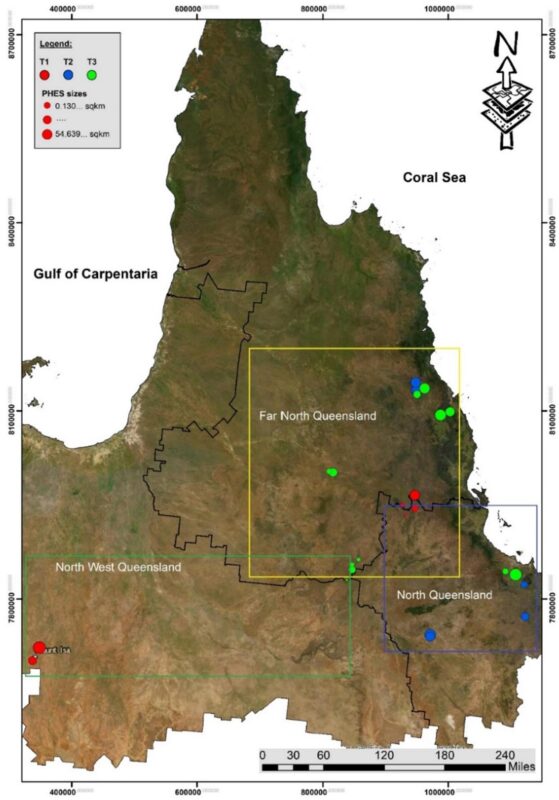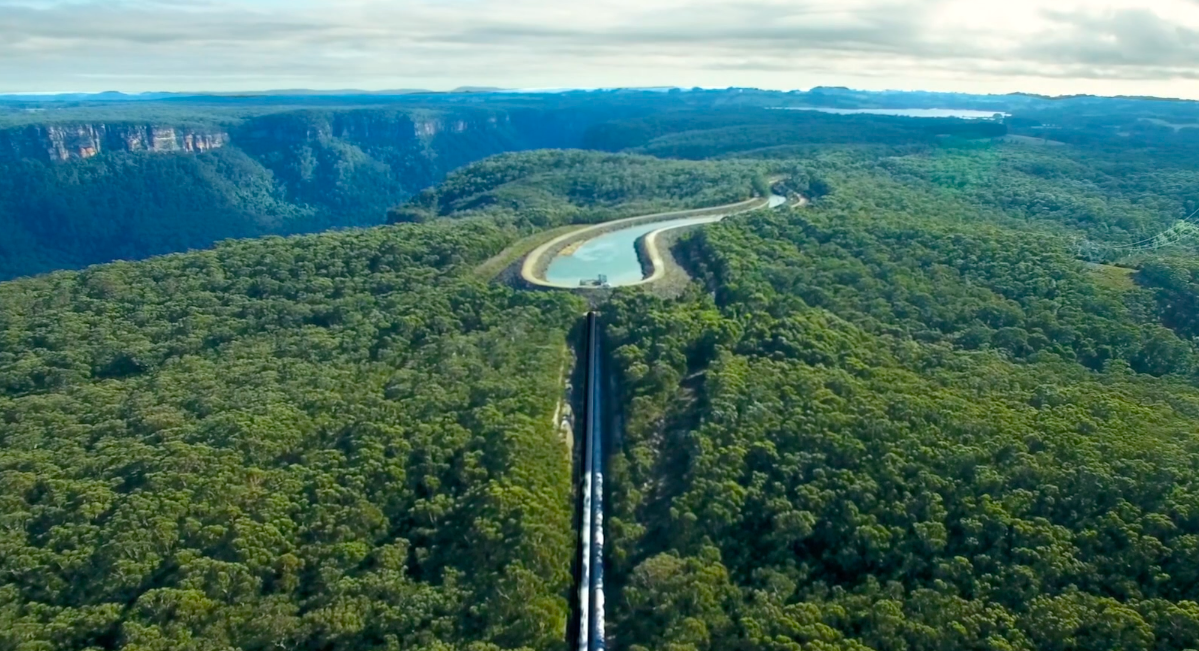A team of researchers from Queensland’s Griffith University have identified 14 potential off-river sites where pumped hydro energy storage projects could be deployed in North Queensland.
In the researcher’s base case scenario, these sites could generate 366.94 TWh over the project lifetimes and abate 300 kilotons of carbon emissions, they said. Looking also at the economics of the potential sites, the researchers said the levelised cost of energy (LCOE) ranged between $0.04/kWh – $0.27/kWh in the base case scenario.

Image: CC BY-NC 4.0
The 14 sites were identified as part of a demonstration of the pumped hydro site selection tool the researchers had developed. Specifically, the tool combines Geographic Information System and Analytic Hierarchy Process to assess sites in a manner relevant for Australia.
To date, research on pumped hydro site selection is dominated by European case studies, the researchers noted, adding that often these tools only consider topography, without examining economics, environmental, or social impacts.
While elevation head, slope, and water accessibility are the most weighted criteria for the researchers, their tool considers a number of additional technical and environmental factors, which were then used to examine project economics.
In 2022, the Queensland government unveiled its $62 billion Queensland Energy and Jobs Plan, which includes the biggest pumped hydro scheme in the world. Despite state government support for pumped hydro storage – which is viewed by many officials as a reliable, deep storage solution – the researchers note “information on suitable sites is still scarce.”
They developed the site selection tool to remedy this dearth. Their model has been designed to detect only three types of pumped hydro configurations from a large number of believed to be suitable sites. That is, linking pairs of existing reservoirs; linking one existing reservoir with a new reservoir on a greenfield location; or linking two greenfield locations, with an admissible head difference to form a pumped hydro system.
The researchers’ full paper, entitled ‘Integrated GIS-AHP-based approach for off-river pumped hydro energy storage site selection’ has been published in Applied Energy.
This content is protected by copyright and may not be reused. If you want to cooperate with us and would like to reuse some of our content, please contact: editors@pv-magazine.com.









By submitting this form you agree to pv magazine using your data for the purposes of publishing your comment.
Your personal data will only be disclosed or otherwise transmitted to third parties for the purposes of spam filtering or if this is necessary for technical maintenance of the website. Any other transfer to third parties will not take place unless this is justified on the basis of applicable data protection regulations or if pv magazine is legally obliged to do so.
You may revoke this consent at any time with effect for the future, in which case your personal data will be deleted immediately. Otherwise, your data will be deleted if pv magazine has processed your request or the purpose of data storage is fulfilled.
Further information on data privacy can be found in our Data Protection Policy.